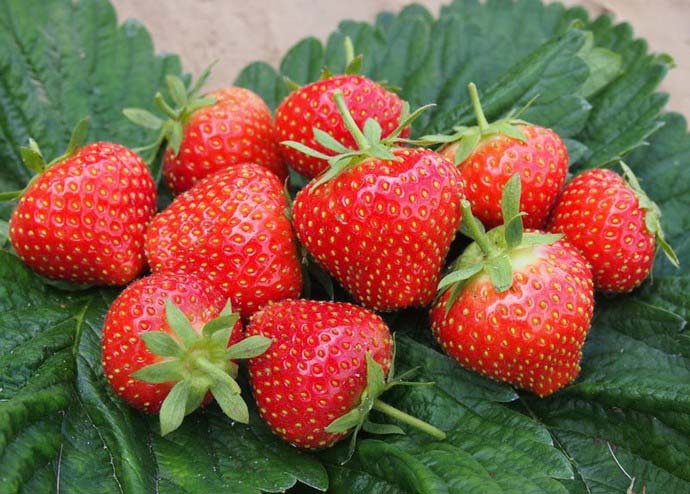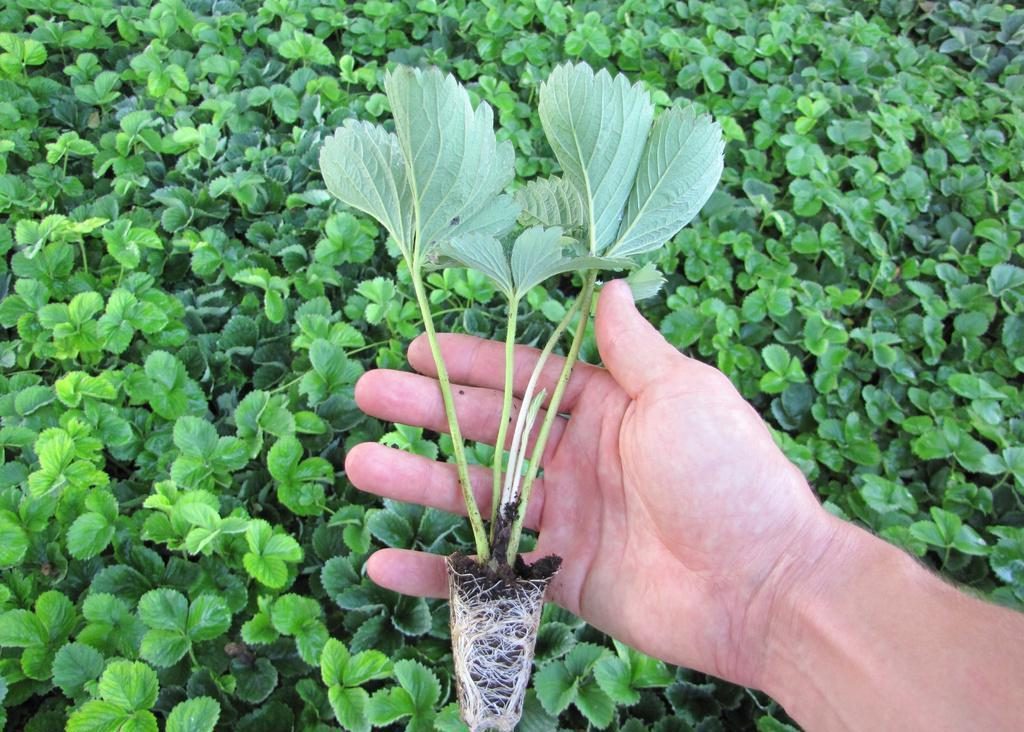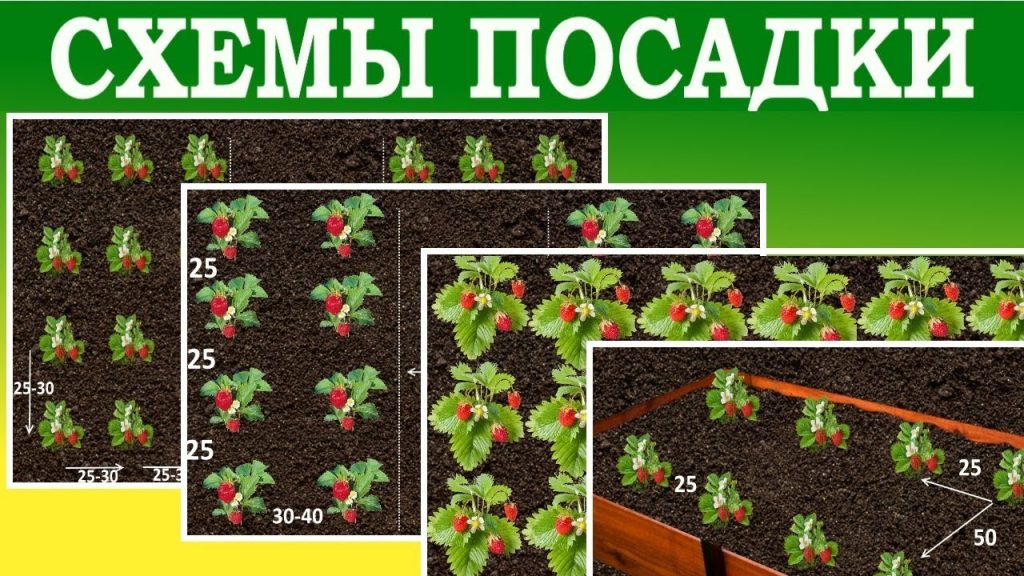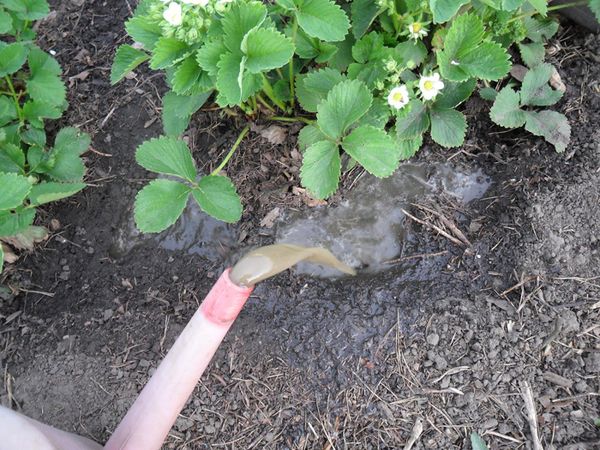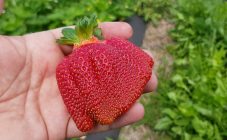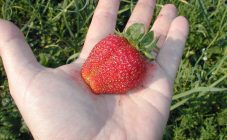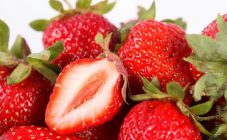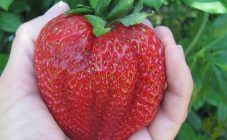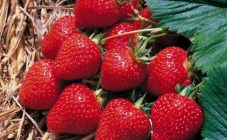Content:
History
The well-known Sonata strawberry variety was obtained by Dutch breeders back in 1990, it is the result of 14 years of research on the crossing of such famous crops as Elsanta and Polka. The license holder for the resulting hybrid is Fresh Forward. Its creators timely made sure that this variety of strawberry culture had universal properties, was able to bear fruit not only in a greenhouse or under a film, but also in unprotected soil of different climatic zones.
As a result, the Sonata strawberry variety is well adapted to changing habitats and can be grown in regions with very different climatic characteristics. From its famous progenitors, the varietal hybrid took over an excellent yield, amounting to about 1-1.5 kg per bush, as well as resistance to most garden diseases.
Good berry picking is also observed in dry seasons, which is combined with the persistence of the strawberry plant in winter. Its flowers and fruits are not threatened by either early frosts or intense heat, since the peduncles are reliably hidden in dense foliage. In addition, the mid-early Sonata strawberries are prized for their long harvest, starting from about mid-June and continuing until the end of July.
The type of berry plant in question is ideally adapted for commercial and home cultivation, which can be explained by its unpretentious care and good frost resistance. When choosing a place to breed this variety for sale, preference should be given to regions with a temperate climate.
Description
The characteristic of this variety can be presented in the form of the following description, concerning both bushes and fruits:
- The plant itself is a typical strawberry bush of relatively small size, with erect leaves of a dark green hue with a moderately wrinkled surface.
- On its stem there are powerful peduncles that can easily hold even very large berries (they are located at the level of the foliage or just above it).
- In the varietal Sonata strawberry, there is not a very strong ejection of whiskers, which is completely inconsistent with the nature of the formation of its inflorescences, which usually form a large supply of pollen.
- The period of active fruiting in the Sonata strawberry, with a description of the variety of which can be found in this section, begins somewhere in June (most often in the second half).
- Its average duration is approximately 30-45 days.
This crop can be used for more than 5 years without replanting and significantly reducing the yield. The berries of the plant are broadly conical in shape, resembling a heart in appearance. Their color is deep red with a characteristic glint, and the structure is quite dense with a delicate pulp that has a pink tint.
The taste of the fruits is very sweet and juicy, giving off a light flavoring acidity (their weight can reach 40-50 grams).
Agrotechnics
Selection of seedlings
Correctly organized selection of seedlings is a guarantee of obtaining a full-fledged harvest already in the first growing season of the Sonata variety (in the worst case, in the second year).
On young bushes suitable for this, at least 4-5 leaves should grow, not having the slightest traces of disease in the form of plaque or opaline. The color of such samples is usually even, and the skin is quite elastic. The high quality of the seedling is evidenced by the presence of a strong horn on the branch (at least 0.7-0.8 cm thick).
In any situation, preference is given to fresh-looking bushes, in which the roots are of sufficient length (at least 7 cm) and a fibrous shape. It also does not hurt to take a close look at the seedling samples obtained using modern technologies.
Drop off location
The nature of the area where the Sonata variety is supposed to be grown must meet the following requirements:
- To form the beds, it is necessary to choose the sunny side of the area cleared of excess debris.
- Usually, the site is chosen on a hill, since in low-lying places (especially with a close location of groundwater), weakening of the roots and the development of fungal diseases are possible.
- For these purposes, the beds on which legumes or, in extreme cases, leafy vegetables were previously grown, are optimal.
- Regarding the quality of the soil, it should be noted that the Sonata loves slightly slightly acidic and well-fertilized soil.
In order to enrich the soil, organic nutrients are introduced into it about 6 months before the autumn planting. For spring plantings, this should be done about 2 weeks before the start of work. For the purpose of protective soil disinfection, it is recommended to use green manure.
In the process of transferring seedlings to the beds, the distance between them is kept within the range of 25-30 cm.After its completion, young bushes should be abundantly shed with heated in the sun and well-settled water.
Care
The instruction for the care of the berry provides for the systemic irrigation of strawberry sockets (preferably by the drip method), the intensity of which does not decrease until the end of September. The influx of moisture is especially important during the period when inflorescences are formed, as well as with the beginning of fruiting.
In addition, timely feeding is important for this variety, the selection of which should be approached very seriously (it must contain the main trace elements). In the springtime, it is advisable to use nitrogenous fertilizers that contribute to the active growth of the bush.
Advantages and disadvantages
The Sonata garden strawberry has the following attractive qualities:
- Resistance to garden diseases and frost resistance.
- Long duration of fruiting times.
- Unpretentiousness associated with good acclimatization to various climatic conditions.
- Adaptation to long-term transportation, excluding deterioration of the presentation.
We also note a good yield, compactness of the bush and suitability for growing for commercial purposes.
This variety is not devoid of some disadvantages, which are manifested mainly in the weak development of antennae in young growth. To this should be added a high sensitivity to waterlogging of the soil and the inability to resist a number of garden diseases (verticillosis, for example).
